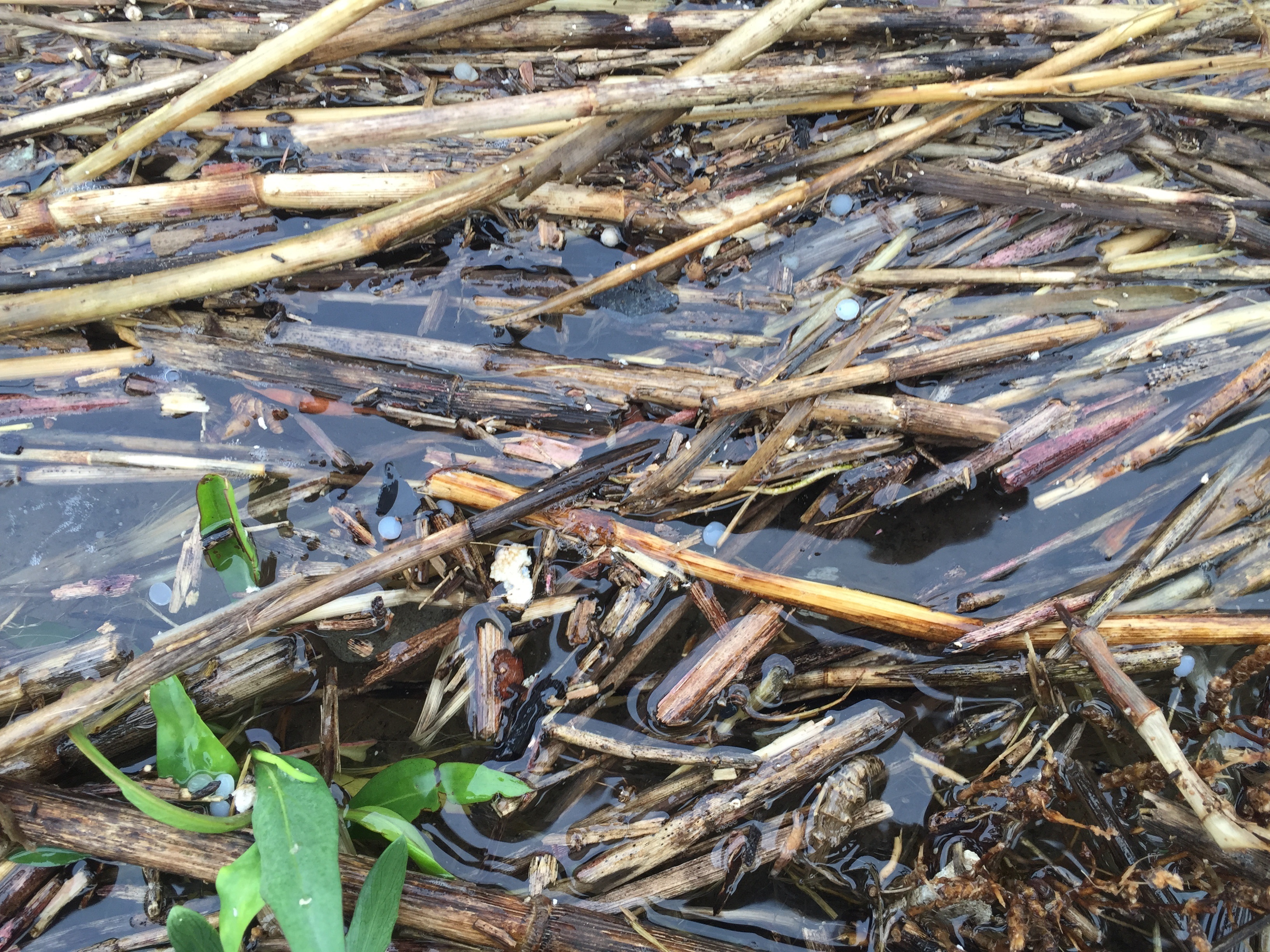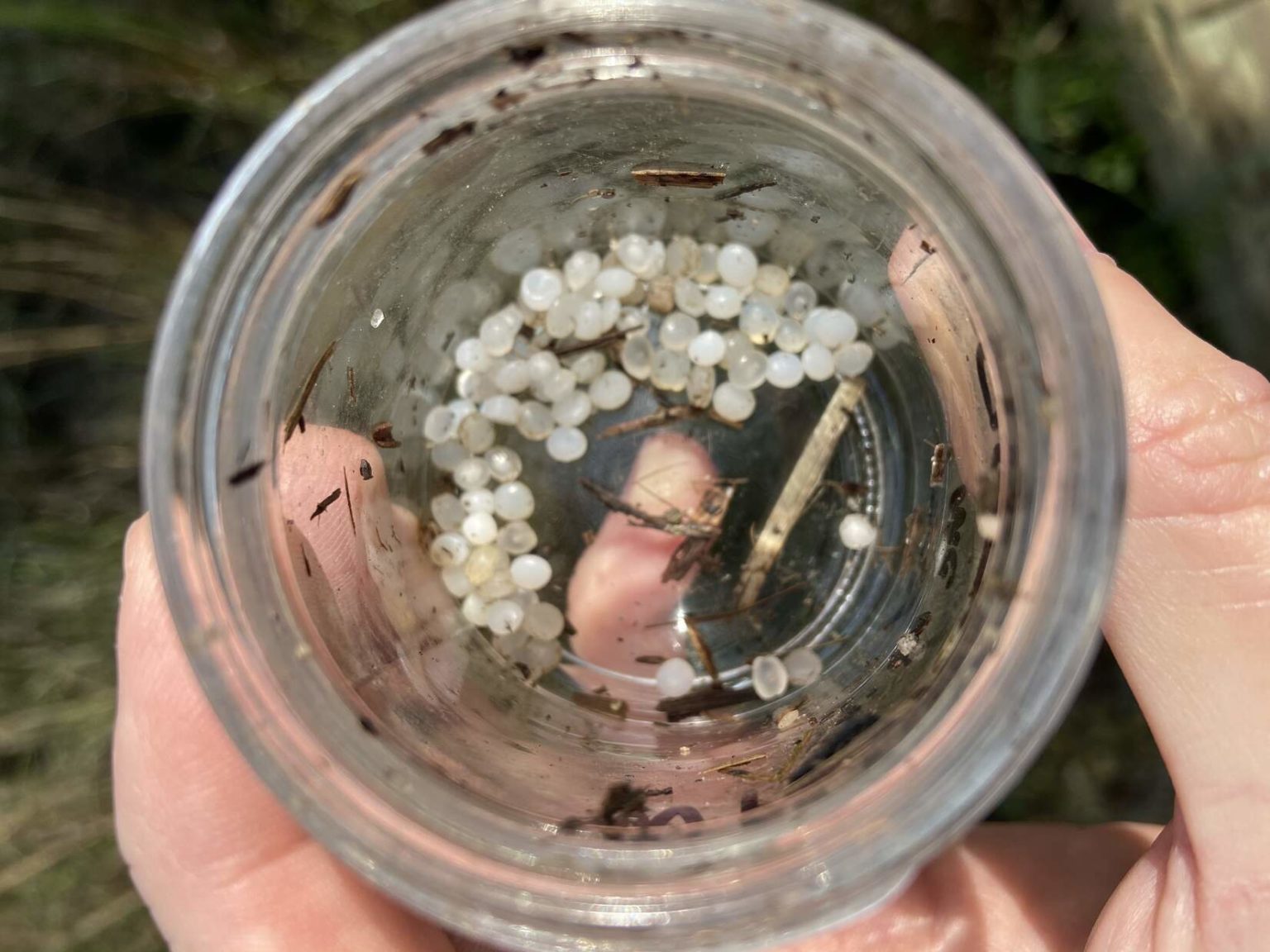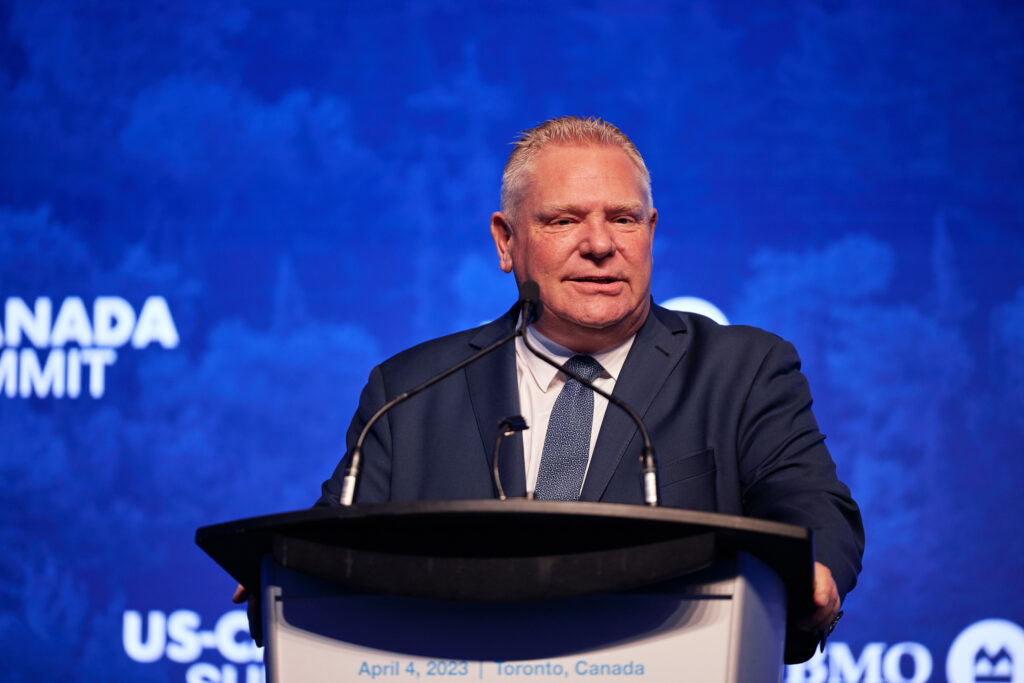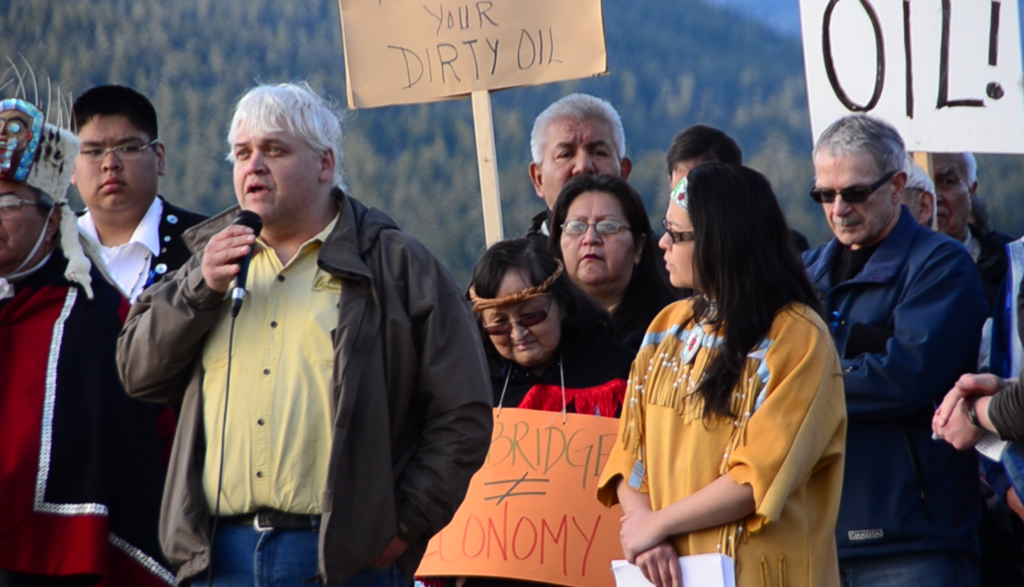You won’t find an ethane cracker or industrial plastics manufacturing equipment on tiny Sullivan’s Island, South Carolina. The tiny 2.5 mile-long barrier island along the Atlantic coast near Charleston claimed a spot in history for its role in the Revolutionary War, though it’s perhaps better known among vacationers and tourists in recent years for its sandy beachfronts and blue waters.
But, in July 2019, Charleston environmental lawyer Andrew Wunderley arrived on the beach after getting a tip from a dog walker who’d noticed something strange in the sands along Sullivan’s Island. Wunderley arrived to discover an extraordinary number of tiny white bits, so dense and widespread on the beach and in the surf that he later compared them to sleet. The bits were newly manufactured pieces of plastic resin, known as nurdles, which pose hazards to wildlife and contaminate the environment as they breakdown into microplastics.
In early March, Wunderley, as the executive director of the Charleston Waterkeeper, and the Coastal Conservation League reached a $1 million settlement with the suspected source of the nurdles: not a plastics manufacturing site, but Frontier Logistics, a shipping facility in South Carolina where plastic nurdles arrive by rail from manufacturing plants along the Gulf Coast and are packaged for export.
The legal settlement — among the largest in U.S. history over plastic nurdle pollution — shines a light on ways that a rising wave of plastics manufacturing in the U.S. has impacts far from where the plastic itself is made from oil and gas.
In addition to the $1 million to fund water-quality improvements in the Charleston Harbor watershed, Frontier Logistics agreed to upgrade its facility to prevent nurdle spills from its warehouse site on a former U.S. Navy base. After the 2019 spill, Frontier also moved its facilities to a location somewhat further back from the waterfront.
Frontier is not the only operator in the Charleston area that handles large quantities of nurdles, but it is the company whose operations were closest to the water. Surveys by the Charleston Waterkeeper reported the highest concentrations of nurdles closest to Frontier’s locations.
“More and more of these nurdle exporters want to set up shop on the coast, but industry growth cannot come at the expense of our waterways,” said Laura Cantral, executive director of the Coastal Conservation League. “We hope the precautions being put in place at Frontier as a result of this lawsuit will serve as an example for the rest of the industry.”
A Glut in the Gulf Drives Plastic North
The March 2 legal settlement did not require Frontier to admit liability for the 2019 nurdle spill and the company continues to dispute that issue.
“It is our sincere hope and belief that the funds will be used for beneficial environmental projects in the greater Charleston Harbor,” Frontier CEO George Cook told a local ABC News affiliate. “We also maintain that we were not at fault for the subject matter under this lawsuit, however, we felt the monies could be better spent off the court room floor and into the hands of local environmental folks, who would then use the proceeds to do some good things for the greater Charleston Harbor Community.”
Amid a massive buildup of plastic manufacturing in the U.S., Charleston port officials encouraged the development of the region as a plastic resin export hub, where nurdles manufactured along the Gulf Coast could be loaded onto ships and sent abroad.
Plastic nurdle spills have also driven litigation along the Gulf Coast, including a $50 million settlement over nurdles spilling from a Formosa Plastics Corp. USA site in Point Comfort, Texas. A federal court ruling labeled the company a “serial offender” of the Clean Water Act and Formosa agreed to a zero-discharge standard for its plant. Yet, local activists discovered evidence last year that the company continued to discharge nurdles into the region’s waterways.
And despite the pandemic, which depressed demand for oil generally, plastics manufacturing has continued to accelerate in the United States. In January, 8.3 billion pounds of plastic resins flowed from U.S. manufacturing sites, an increase of 5.4 percent from January 2020, the American Chemistry Council said in a March 2 statement.
“You have this glut of plastic manufacturing in the Gulf area around Houston. If you’re Chevron Phillips or Formosa or whoever, you’re backed up trying to move your product at the Port of Houston,” Wunderley told DeSmog. “So it makes sense for you to send them up here by train and have them packaged and sent out of our port.”
A Regulatory “Wild West”
It can be quite difficult to keep nurdles from spilling during transportation — and there’s little state or federal regulation nationwide aimed at preventing spills. California adopted a state law in 2009, but an October investigative report by watchdog FairWarning found just 15 nurdle cases in the state, and could not identify a single Environmental Protection Agency (EPA) action outside of California.
“It’s this new regulatory Wild West,” Emily Cedzo, the land, water, and wildlife director of the South Carolina Coastal Conservation League, told Audubon Magazine in July.
A 2020 investigation by Frontline and NPR found evidence that companies intentionally covered up the extent of their nurdle spills. “They want you to put down a certain number” on spill reports, a former Formosa supervisor told the news outlets. “They want you to keep it low, so you lie. That’s my job, that’s my bread and butter. I got a family. So I gotta do what they say.”
After a Chevron Phillips representative assured reporters that nurdle spills were “not a problem here” at the company’s new $6 billion site along the Texas coast — which they claimed had, in Frontline’s words, “some of the most advanced pellet containment systems in the world” — reporters discovered the plastic pellets themselves, causing the company to concede that a “small amount of residual pellets” had escaped.
Nurdles are often shipped by rail in hopper cars that are loaded and unloaded via vacuum hoses and with pneumatic systems. And while shippers are extremely careful not to let, for example, a single white nurdle find its way into a carload of blue nurdles, where it could cause streaking and ruin tens of thousands of dollars worth of product, they’ve proved far less careful about allowing nurdles to escape into the environment.
“When they load them into the train cars, they spill, when they load them into the containers, they spill, they rattle out of the containers as the truck’s taking them to the port,” Wunderley said. “You can find these things all over: train tracks, bridge crossings over waterways, things like that. It’s almost impossible to do this cleanly.”
This August, several railroad companies signed onto Operation Clean Sweep, the plastic industry’s voluntary effort to curb nurdle pollution. “When it comes to controlling the releases of plastic resin pellets and powders during rail and truck transport, it comes down to basic housekeeping,” Miriam Gordon, policy director for UPSTREAM Solutions told FreightWaves, a rail industry trade publication. “The best practice is to vacuum up the spilled pellets and powders. It’s not rocket science.”
“It’s amazing how few facilities take these and other simple precautions to prevent feedstock materials from entering the environment,” she added.

Tiny white nurdles can be seen washed up among marine debris in this photo provided by Charleston Waterkeeper.
In addition to problems with that sort of routine handling, there have been major nurdle spills, like one on the Mississippi River this past August (documented by DeSmog’s Julie Dermansky) and another in Durban, South Africa, that spewed 49 tons of pellets into the sea — an estimated 2 billion pellets — in what Sky News dubbed “an ecological nightmare.”
Small Pellets, Big Problems
Once you know to look for them, environmentalists say, it’s shockingly common to find nurdles on beaches — and not only in Charleston.
“It’s a little like hunting for a shark’s tooth,” Wunderley said, as he described how easy it is to find nurdles on beaches. “You know how if you’re just walking along, you don’t see them, but if you bend down or you sit down for a minute and look, you start seeing them. It’s a situation sort of like that.”
It’s not entirely clear where the nurdles discovered on Sullivan’s Island were manufactured — but at least some of the nurdles handled by Frontier were made by Chevron Phillips Chemical, press reports have indicated.
An October investigation by local press uncovered emails between local port officials and Frontier, including an offer from a port official to “do our best to keep CP Chem’s name out of it” sent to Frontier’s CEO.
South Carolina regulators had also reported “numerous areas of concern” after inspecting Frontier’s Charleston operations, but declined to penalize the company, citing its efforts to prevent more spills.
A researcher from the University of Texas at Austin’s Marine Science Institute found that Charleston’s beaches continued to show strikingly high concentrations of nurdles months after the spill in the summer of 2019. “The number of nurdles we’re finding is disturbing,” the researcher, Jace Tunnell, said in a December 2019 statement released by the Southern Environmental Law Center.
That’s because nurdles can not only be devastating for wildlife — often eaten by birds and fish that mistake the tiny pellets for fish eggs — but, with a little time, they degrade into microplastics, tiny particles of plastics with potentially severe environmental and human health impacts.
“Recent evidence indicates that humans constantly inhale and ingest microplastics,” the journal Science reported in February, “however, whether these contaminants pose a substantial risk to human health is far from understood.”
Researchers in Australia recently reported that, in part because microplastics have entered the food chain in significant quantities, most people now consume the equivalent of a credit card each week.
And that makes these tiny plastic bits into what could be one of the largest environmental issues of the Anthropocene.
“The problem almost gets bigger,” Wunderley noted, “the smaller they get.”
Main image: Nurdles collected in South Carolina. Credit: Charleston WaterkeeperSubscribe to our newsletter
Stay up to date with DeSmog news and alerts







